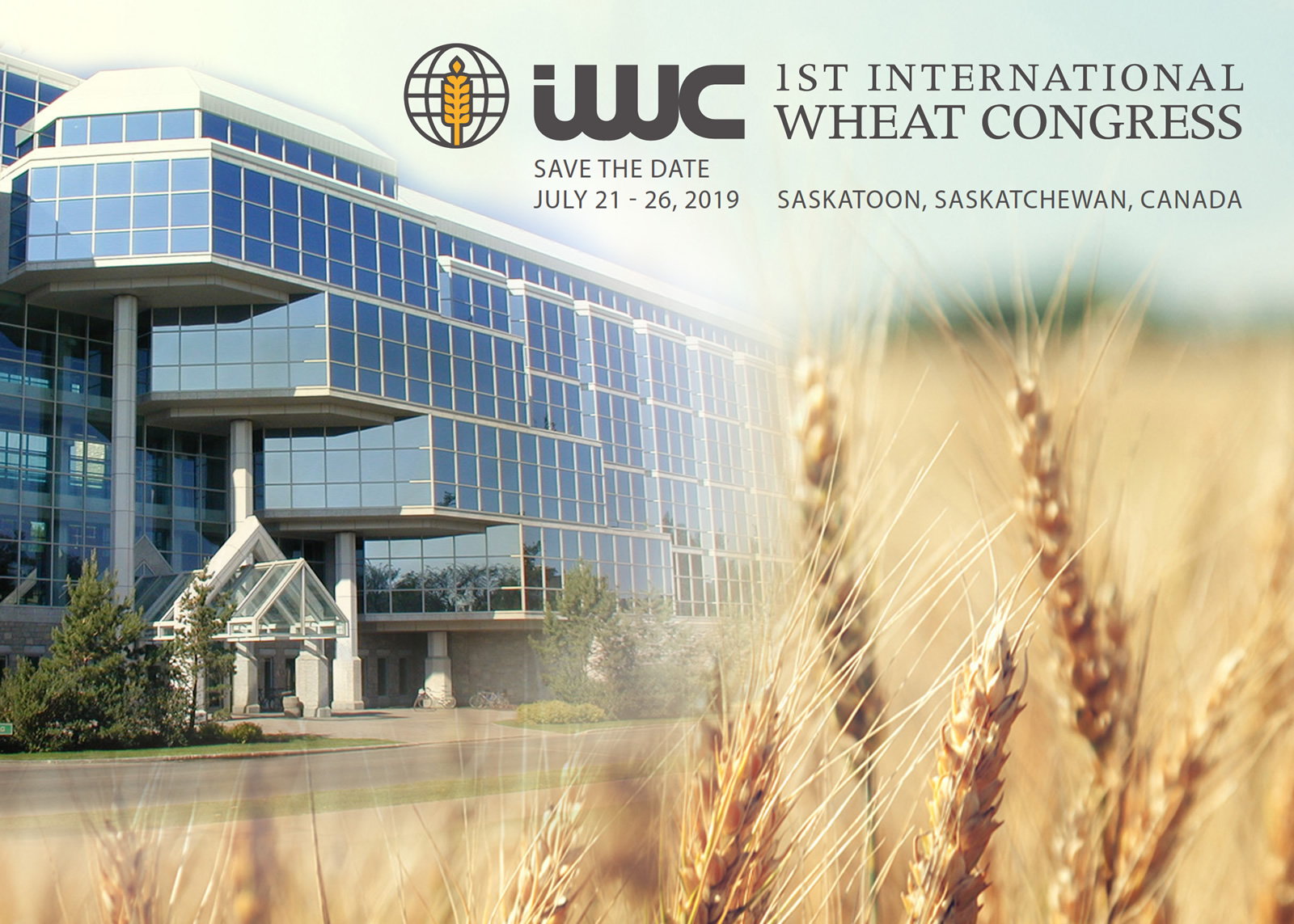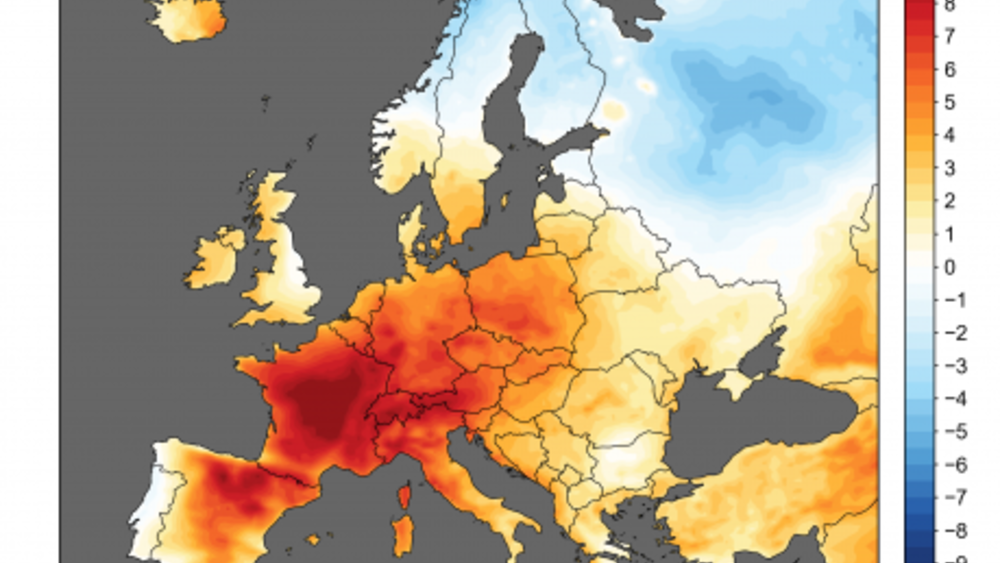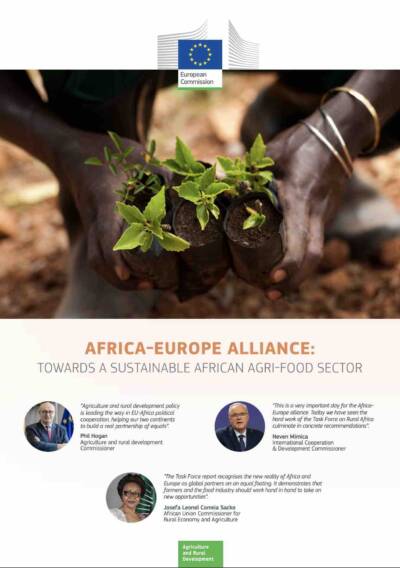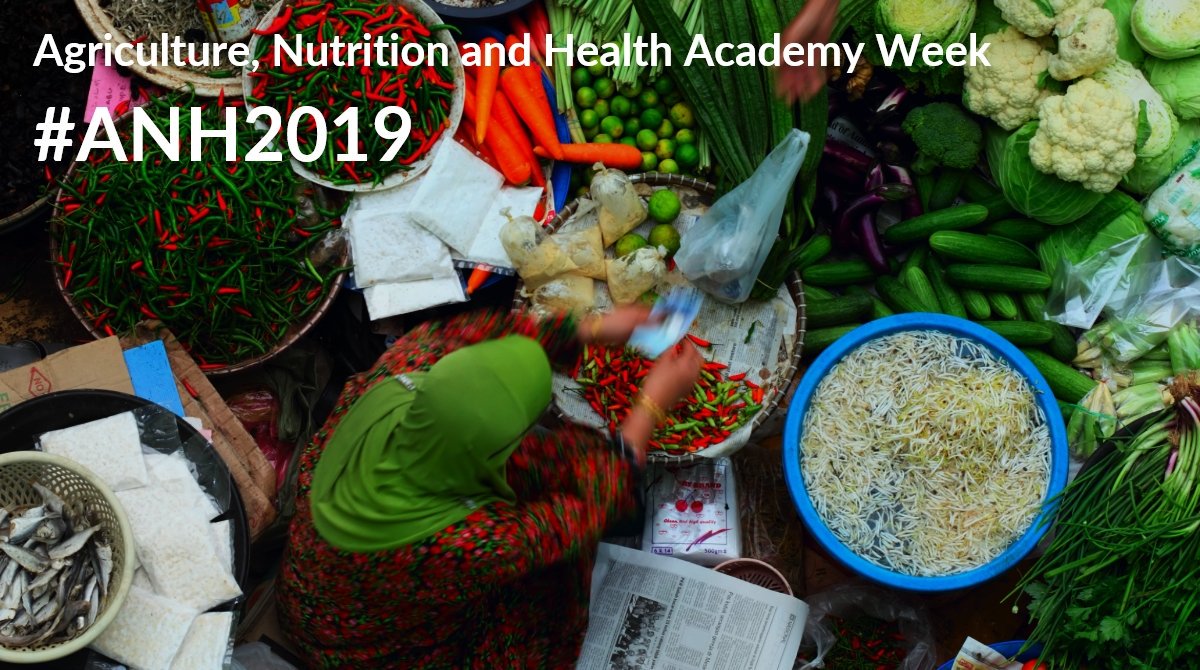Big data for agriculture
According to Forbes, we generate almost 2.5 quintillion bytes of data every day. The next generation of agriculture heavily depends on data. The ability to capture, sort, analyze and extract actionable intelligence from large data sets to reveal patterns (human, climate, market) and related trends is an important emerging field.
The increase in the use of Internet of Things (IoT) devices would only add to this data deluge. The Economist rightly called data as the world’s most valuable resource , while some calling data the new oil . Agriculture would be one of the major users of IoTs. How can individuals, organizations and governments build capacities and processes in place to take advantage of this huge influx of data. This coupled with existing data streams (weather, satellite imagery, markets etc.,) would create an ecosystem which if managed efficiently would provide rich dividents especially in the agriculture sector where the right information at the right time will make a great influence in the livelihoods of people involved in agriculture and allied activities.
This publication looks at how various initiatives are leveraging data, related to agriculture value chains, to influence decision making and efficient service delivery together with addressing key building blocks such as interoperability, data sharing, data security and the necessary policies and regulations that are needed to be implemented to sustain the data ecosystem.
Case studies
FAO/ITU, 83 pages
According to Forbes, we generate almost 2.5 quintillion bytes of data every day. The next generation of agriculture heavily depends on data. The ability to capture, sort, analyze and extract actionable intelligence from large data sets to reveal patterns (human, climate, market) and related trends is an important emerging field.
The increase in the use of Internet of Things (IoT) devices would only add to this data deluge. The Economist rightly called data as the world’s most valuable resource , while some calling data the new oil . Agriculture would be one of the major users of IoTs. How can individuals, organizations and governments build capacities and processes in place to take advantage of this huge influx of data. This coupled with existing data streams (weather, satellite imagery, markets etc.,) would create an ecosystem which if managed efficiently would provide rich dividents especially in the agriculture sector where the right information at the right time will make a great influence in the livelihoods of people involved in agriculture and allied activities.
This publication looks at how various initiatives are leveraging data, related to agriculture value chains, to influence decision making and efficient service delivery together with addressing key building blocks such as interoperability, data sharing, data security and the necessary policies and regulations that are needed to be implemented to sustain the data ecosystem.
- Big data ecosystem for disaster resilience
- Olam Farmer Information System (OFIS): improving smallholder productivity and livelihoods
- Mobile solutions, technical assistance and research (mSTAR) project
- Leveraging satellite data and artificial intelligence to drive financial inclusion for smallholder farmers
- Delivering remote flood analytics as a scalable service
- AtSource – Connecting customers to the source of supply
- WAGRI – the agricultural big data platform



































